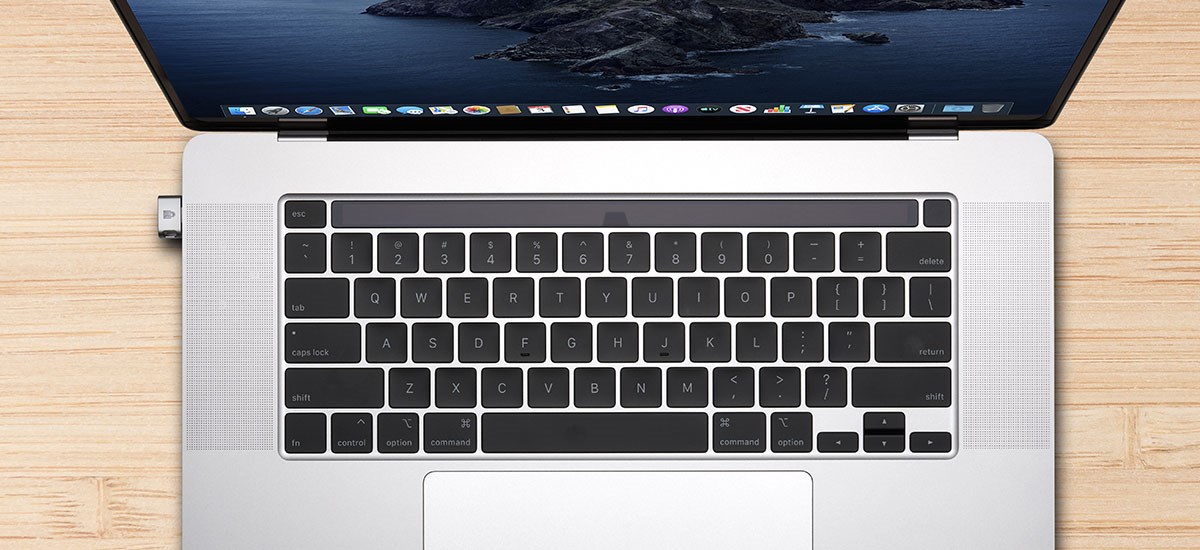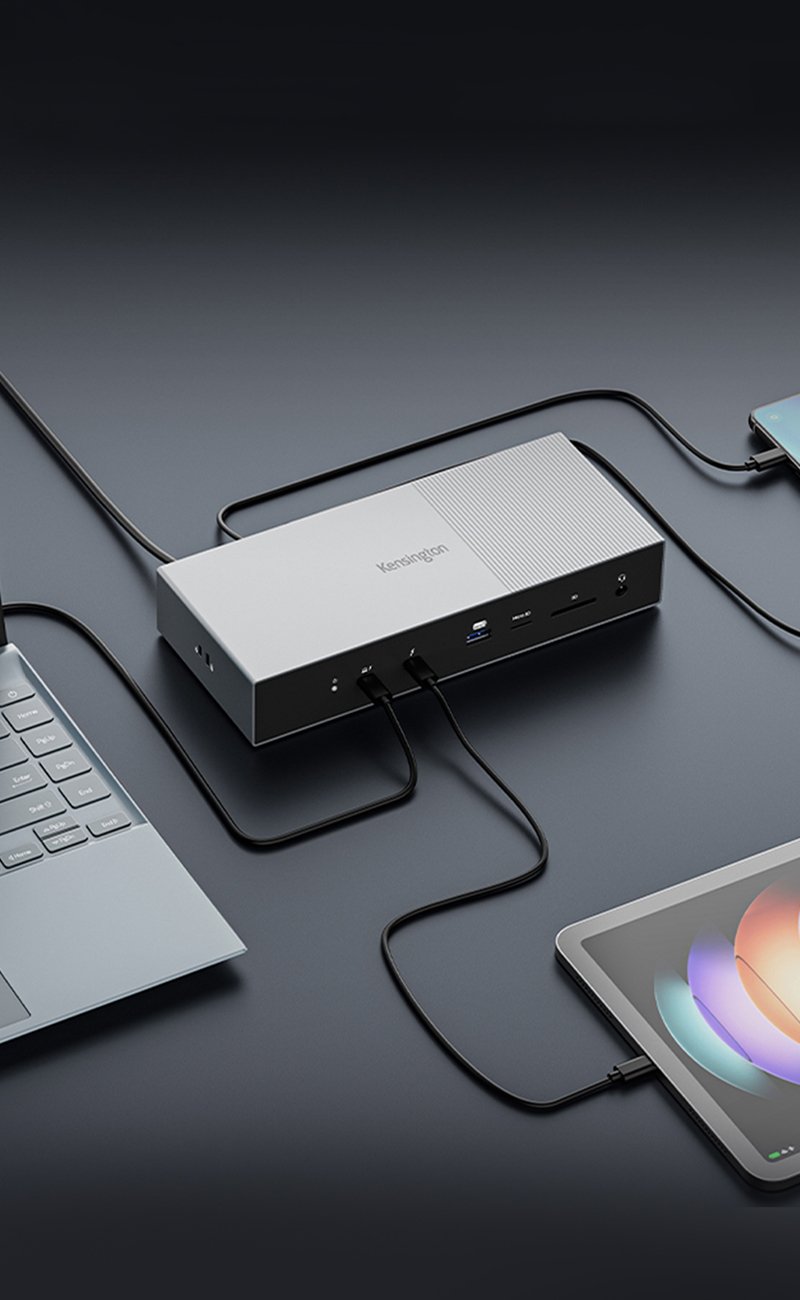
As the world’s technological landscape continues to expand, it is increasingly important to use secure authentication methods to protect sensitive information and data. For users of the Apple ecosystem, Apple Passkeys is a sophisticated authentication method that offers a secure and convenient way to authenticate users across Apple devices. In this article, we will explore understanding and using Apple Passkeys, including setup and usage instructions, security considerations, and frequently asked questions.
Understanding Apple Passkeys
As a secure and trusted authentication method, Apple Passkeys allow users to sign in to their Apple accounts using a unique combination of characters, numbers, and symbols. Passkeys are stored in the iCloud Keychain password management system, which can be accessed across all Apple devices. Apple Passkeys provide a seamless and secure way to authenticate users without the need for traditional passwords—a passwordless sign-in experience that supersedes traditional passwords, providing increased convenience and security.
In contrast to passwords, Apple Passkeys are standard-based technology that is resistant to phishing, always strong, and designed without shared secrets. They simplify account registration for apps and websites, are user-friendly, and are compatible across all Apple devices, as well as non-Apple devices within physical proximity.
Apple Passkeys vs Google Passkeys
Both Apple Passkeys and Google Passkeys offer a passwordless authentication experience that is designed to be more secure and convenient than traditional passwords. In terms of security, both Apple and Google Passkeys offer robust encryption protocols to protect user data. They also both integrate with their respective cloud-based password managers to provide a seamless and secure user experience.
Ultimately, the choice between Apple and Google Passkeys will depend on a user's device preferences and personal preferences. Regardless of which Passkey solution is chosen, they both offer a more secure, convenient, and passwordless authentication experience.
Setting Up and Using Apple Passkeys
Setting up and using Apple Passkeys is a straightforward process that can be completed in a few simple steps. Here is more detailed information on how to set up and use Apple Passkeys for authentication:
- Enable Passkeys in the Settings app: Open the Settings app on your Apple device and navigate to "Passwords & Accounts." From there, select "AutoFill Passwords" and enable the "Allow Filling From" option. This will enable Passkeys and allow you to create and manage them.
- Create and manage Passkeys in iCloud Keychain: Once Passkeys are enabled, you can create and manage them through iCloud Keychain. To do this, go to "Settings" and select "Passwords & Accounts" again. Then, select "Website & App Passwords" and enter your device passcode or use Touch ID/Face ID to authenticate. From there, you can add, edit, or delete Passkeys as needed.
- Use Passkeys for authentication: Once Passkeys are created and saved in iCloud Keychain, you can use them for authentication across your Apple devices. When logging in to a website or app that supports Passkeys, your device will prompt you to use a Passkey instead of entering a traditional password. Simply select the Passkey you want to use, and you'll be logged in automatically.
- Use Passkeys in supported apps and services: Passkeys can also be used in supported apps and services that offer integration with iCloud Keychain. To use Passkeys in these apps, simply follow the same steps as above and select the Passkey you want to use when prompted.
Setting up and using Apple Passkeys is a simple process that can provide a more secure and convenient authentication experience for users. By enabling Passkeys and managing them through iCloud Keychain, users can simplify the login process and reduce the risk of password-related security breaches.

Security Considerations and Best Practices for Apple Passkeys
Apple Passkeys offer a more secure and convenient way to authenticate users without traditional passwords. However, as with any security mechanism, there are best practices that users should follow to ensure the security of their Passkeys. Here are some key security considerations and best practices for Apple Passkeys:
- Use Strong Master Passwords: When creating your iCloud Keychain master password, make sure to use a strong and unique password that is not used for any other account. This will help prevent unauthorized access to your iCloud Keychain and Passkeys.
- Keep Your Devices Secure: Your Apple Passkeys are stored in iCloud Keychain and synced across all your Apple devices. Therefore, it is important to keep your devices secure by enabling device passcodes, Touch ID, or Face ID. This will help prevent unauthorized access to your Passkeys.
- Use Two-Factor Authentication (2FA): Enabling two-factor authentication for your Apple ID can add an extra layer of security to your Passkeys. With 2FA enabled, you will be required to enter a code in addition to your Passkey when signing in to your Apple account.
- Regularly Update and Monitor Passkeys: It is important to regularly update and monitor your Passkeys for security. This includes periodically changing your iCloud Keychain master password and reviewing your Passkeys to ensure that they are still valid and necessary.
- Be Wary of Phishing Attempts: While Apple Passkeys are resistant to phishing attempts, it is still important to be vigilant and avoid clicking on suspicious links or entering your Passkeys on untrusted websites or apps.
By following these security considerations and best practices, users can help ensure the security and effectiveness of their Apple Passkeys.

Backup and Recovery Options for Apple Passkeys
As with any security method, it's important to have a backup and recovery plan in case of Passkey loss or unauthorized access. Here are some backup and recovery options for Apple Passkeys:
- Backup to iCloud Keychain: To backup your Passkeys, you can use iCloud Keychain to synchronize your Passkeys across multiple devices, making it easy to access them from anywhere.
- Account Recovery Procedures: In case of lost or compromised Passkeys, iCloud offers account recovery procedures. These procedures involve verifying your identity through a series of security questions or other authentication methods to regain access to your Passkeys.
- Enabling VeriMark™ Guard: VeriMark™ Guard is a security feature that can help prevent Passkey loss or unauthorized access. It involves using a physical security key that is required to authenticate your Passkeys. This feature is available on most Apple devices and can provide an additional layer of security to your Passkeys.
- Regularly Updating and Monitoring Passkeys: As previously mentioned, regularly updating and monitoring your Passkeys is critical to maintaining their effectiveness. By keeping your Passkeys up-to-date and reviewing them periodically, you can ensure that they are still valid and necessary.
By using these backup and recovery options and taking preventive measures like enabling VeriMark™ Guard, users can help ensure the security and availability of their Apple Passkeys.
Frequently Asked Questions (FAQs) for Apple Passkeys
Common questions about Apple Passkeys are addressed in this section, including compatibility across devices and platforms, usage with third-party apps and services, and Passkey security compared to traditional passwords.
Q: What devices are compatible with Apple Passkeys?
Apple Passkeys are compatible with all devices running iOS 15, iPadOS 15, and macOS Monterey or later.
Q: Can Apple Passkeys be used with third-party apps and services?
Yes, Apple Passkeys can be used with any app or service that supports passwordless authentication using WebAuthn or FIDO2 standards.
Q: How are Apple Passkeys more secure than traditional passwords?
Apple Passkeys are more secure than traditional passwords because they are resistant to phishing attacks, always strong, and designed without shared secrets. They also use industry-standard encryption to protect user data.
Q: Can I use Apple Passkeys on non-Apple devices?
Yes, many third-party apps and services offer Apple Passkey authentication options that are compatible with non-Apple devices. You can log in with an Apple Passkey by using your iPhone or iPad to scan a QR code and then authenticate with Touch ID or Face ID.
Q: Can I backup and recover my Apple Passkeys?
Yes, you can backup your Apple Passkeys to iCloud Keychain and use account recovery procedures in case of lost or compromised Passkeys.
Q: Is it possible to use Apple Passkeys without an internet connection?
No, Apple Passkeys require an internet connection to authenticate users.
Q: How do I enable Apple Passkeys on my device?
To enable Apple Passkeys, go to Settings > Passwords & Accounts > AutoFill Passwords and enable the "Allow Filling From" option. This will enable Passkeys and allow you to create and manage them through iCloud Keychain.
- Can I use two-factor authentication with Apple Passkeys?
Yes, you can use two-factor authentication (2FA) with Apple Passkeys by enabling it for your Apple ID. With 2FA enabled, you will be required to enter a code in addition to your Passkey when signing in to your Apple account.
Conclusion
Apple Passkeys are a sophisticated authentication technology that prioritizes security, convenience, and reliability. By eliminating the need for traditional passwords, Apple Passkeys offer a more streamlined and user-friendly authentication experience. However, to fully take advantage of this technology, it is essential to understand how to set up and use Passkeys and implement the best security practices to protect against unauthorized access. By following these steps and ensuring that Passkeys are regularly updated and monitored, users can enjoy the full benefits of this innovative authentication method while also safeguarding their sensitive information and data. Overall, Apple Passkeys represent a significant step forward in authentication technology, and their adoption by both individuals and businesses is likely to continue to grow in the coming years.
Kensington offers a line of world-class biometric security products that provide substantially higher assurance for security-conscience consumers and enterprise customers. Products, such as VeriMark™ Guard, can provide an additional layer of security and help prevent Passkey loss or unauthorized access. If you are ready to secure your IT infrastructure but are unsure of the best way to protect your data, our team is here to help.
Learn more about Kensington’s Biometric Security Solutions
